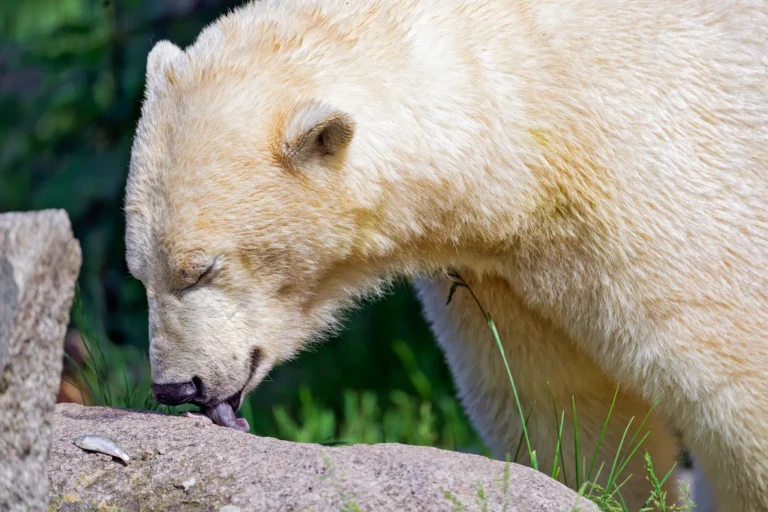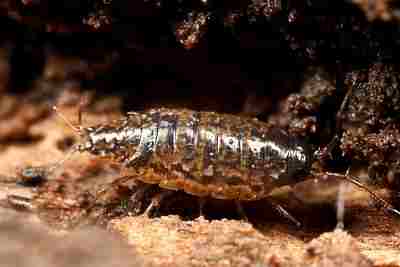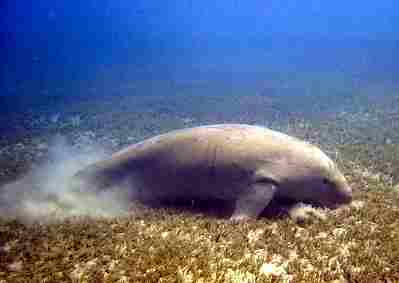Southern Rat Snake Facts, Characteristics, Description
The southern rat snake (Pantherophis obsoletus) is a non-venomous reptile found in the southeastern United States. Its various subspecies exhibit adaptations suited to their habitats, influencing their roles in ecosystems. With a diet primarily consisting of rodents, these snakes play a significant role in controlling pest populations, contributing to ecosystem balance. Understanding their behavior, habitat preferences, and reproductive biology is crucial for their conservation and management. Despite localized threats, they are generally not considered threatened, but conservation measures are necessary to ensure their long-term survival and preserve their ecological roles. While not typically kept as pets, responsible pet ownership and wildlife trade regulations are essential to prevent negative impacts on wild populations.
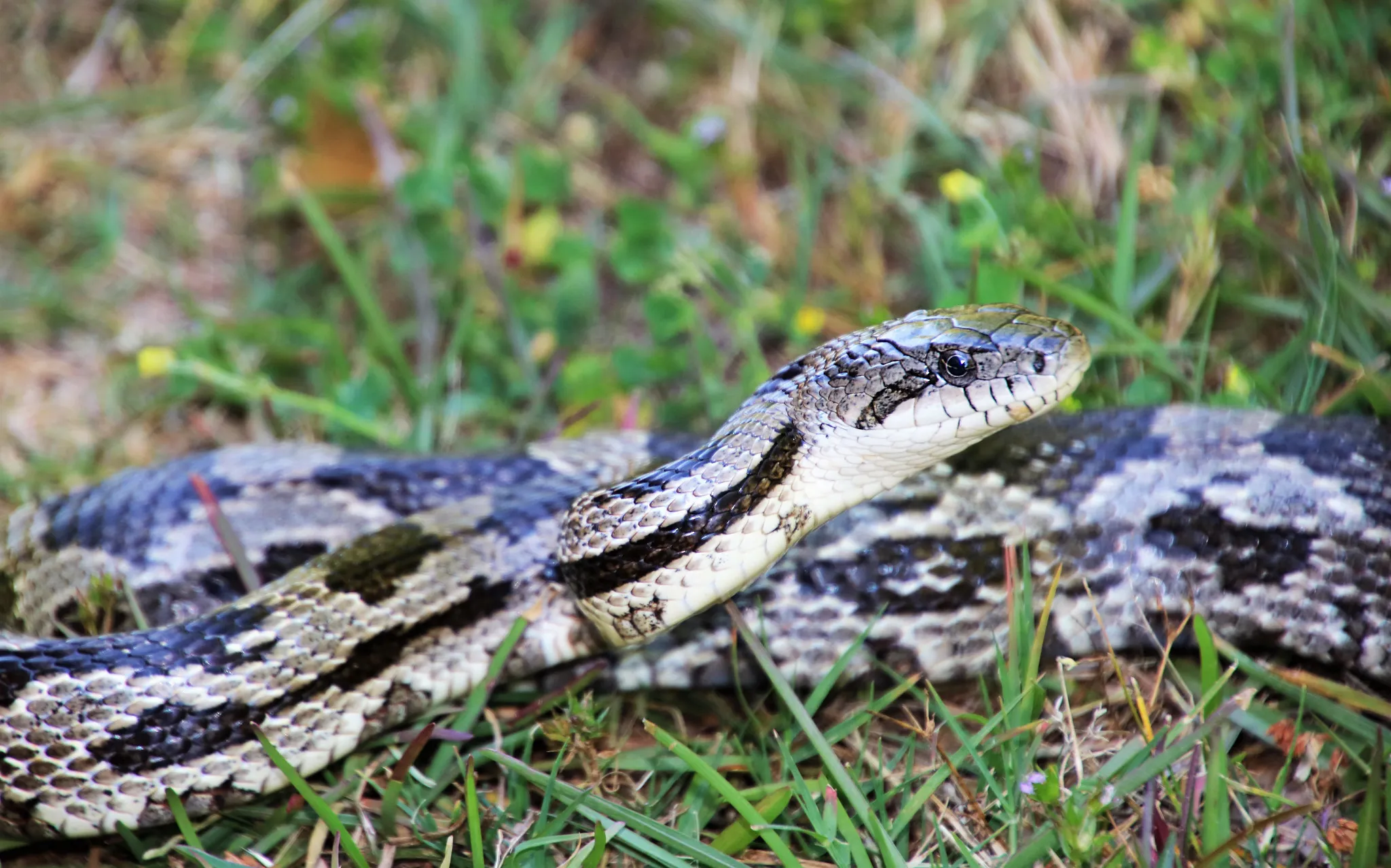
*Facts About the Southern Rat Snake
- The Southern rat snake is a non-venomous reptile found in the southeastern United States.
- It belongs to the species Pantherophis obsoletus, which includes subspecies like the Black Rat Snake and the Texas Rat Snake.
- These snakes can grow up to 3 to 6 feet in length and weigh between 1 to 3 pounds.
- They have smooth scales and come in colors ranging from black to gray, with blotches or stripes along their bodies.
- Southern rat snakes have numerous small teeth for grasping and swallowing prey but lack venom glands and fangs.
- Their diet primarily consists of rodents like mice and rats, helping to control rodent populations.
- They are diurnal, solitary, and proficient climbers, often seeking refuge in trees or shrubs.
- When threatened, they may produce hissing sounds as a form of defense.
- Southern rat snakes lay eggs in spring, with clutch sizes ranging from 5 to 30 eggs.
- They have a lifespan of around 10 to 15 years in the wild.
- Conservation efforts are important to maintain healthy populations and preserve their ecological roles.
| Criteria |
Details, Importance, and Ecological Implications
|
| Scientific Classification |
Kingdom: Animalia
|
|
Phylum: Chordata
|
|
| Class: Reptilia | |
|
Order: Squamata
|
|
|
Family: Colubridae
|
|
|
Genus: Pantherophis
|
|
|
Species: Pantherophis obsoletus
|
|
|
Subspecies: Pantherophis obsoletus obsoletus (Black Rat Snake), Pantherophis obsoletus lindheimeri (Texas Rat Snake), Pantherophis obsoletus spiloides (Gray Rat Snake)
|
|
| Subspecies |
Includes Black Rat Snake, Texas Rat Snake, and Gray Rat Snake.
|
|
Helps in conservation and genetic studies, maintaining biodiversity.
|
|
|
Each subspecies may have specific habitat preferences and adaptations.
|
|
| Size and Weight |
Typically 3 to 6 feet in length, weighing 1 to 3 pounds.
|
|
Influences prey selection, reproductive capabilities, and interactions.
|
|
|
Size and weight affect prey populations and trophic dynamics.
|
|
| Appearance and Identification |
Slender body, smooth scales, varying coloration with blotches or stripes.
|
|
Aids in camouflage, thermoregulation, and identification.
|
|
|
Camouflage helps evade predators and ambush prey.
|
|
| Dentition and Bite Force |
Numerous small teeth, moderate bite force, non-venomous.
|
|
Essential for capturing and consuming prey.
|
|
|
Effective control of rodent populations, influencing ecosystem dynamics.
|
|
| Venomous Potency |
Non-venomous, subdue prey through constriction.
|
|
Reduces risk of envenomation to humans and other animals.
|
|
|
Significant role in controlling rodent populations.
|
|
| Diet |
Primarily feeds on rodents, occasionally birds, eggs, and small reptiles.
|
|
Regulates rodent populations, valuable in agricultural settings.
|
|
|
Preying on rodents indirectly impacts vegetation and other species.
|
|
| Behavior |
Diurnal, solitary, proficient climbers.
|
|
Aids in conservation and management, mitigating human-wildlife conflicts.
|
|
|
Behavior influences interactions with prey, predators, and competitors.
|
|
| Sounds/Vocalization |
Produces hissing sounds when threatened.
|
|
Form of communication and defense.
|
|
|
Hissing may deter predators or warn potential threats.
|
|
| Habitat |
Inhabits forests, woodlands, grasslands, suburban areas, near water sources.
|
|
Influences distribution and abundance, highlighting habitat conservation.
|
|
|
Changes in habitat quality impact population dynamics and ecosystem health.
|
|
| Geographic Range and Distribution |
Found throughout southeastern United States.
|
|
Helps in conservation planning and management efforts.
|
|
|
Distribution affects local food webs, predator-prey dynamics, and biodiversity.
|
|
| Tracks |
Leaves tracks resembling a rope pattern in mud, sand, or soft soil.
|
|
Provides information about presence, behavior, and movement patterns.
|
|
|
Tracking studies contribute to understanding ecology and habitat use.
|
|
| Reproduction |
Oviparous, lay eggs in spring, clutch size ranges from 5 to 30.
|
|
Crucial for assessing population dynamics and implementing conservation measures.
|
|
|
Reproduction affects population size, genetic diversity, and long-term viability.
|
|
| Lifespan |
Typically 10 to 15 years in the wild.
|
|
Impacts population dynamics and ecosystem functioning.
|
|
|
Longevity contributes to prey regulation and ecosystem stability.
|
|
| Major Adaptations |
Excellent climbing abilities, camouflage, specialized dentition.
|
|
Enhance survival and reproductive success.
|
|
|
Exploit ecological niches, influencing interactions within ecosystems.
|
|
| Conservation Status |
Generally not threatened, localized threats include habitat loss and persecution.
|
|
Guides conservation actions and management efforts.
|
|
|
Conservation measures maintain healthy populations and preserve ecological roles.
|
|
| Domestication and Suitability as a Pet |
Not typically domesticated, occasionally kept as pets.
|
|
Informs responsible pet ownership and wildlife trade regulations.
|
|
|
Pet trade impact on wild populations if not managed sustainably.
|
1. Scientific Classification:
Kingdom: Animalia
Phylum: Chordata
Class: Reptilia
Order: Squamata
Family: Colubridae
Genus: Pantherophis
Species: Pantherophis obsoletus
Subspecies:
Pantherophis obsoletus obsoletus (Black Rat Snake)
Pantherophis obsoletus lindheimeri (Texas Rat Snake)
Pantherophis obsoletus spiloides (Gray Rat Snake)
2. Subspecies:
Details: Southern rat snakes, Pantherophis obsoletus, consist of several subspecies including the Black Rat Snake, Texas Rat Snake, and Gray Rat Snake.
Importance: Understanding subspecies helps in conservation efforts and genetic studies to maintain biodiversity.
Ecological Implications: Each subspecies may have specific habitat preferences and adaptations, influencing their role within ecosystems.
3. Size and Weight:
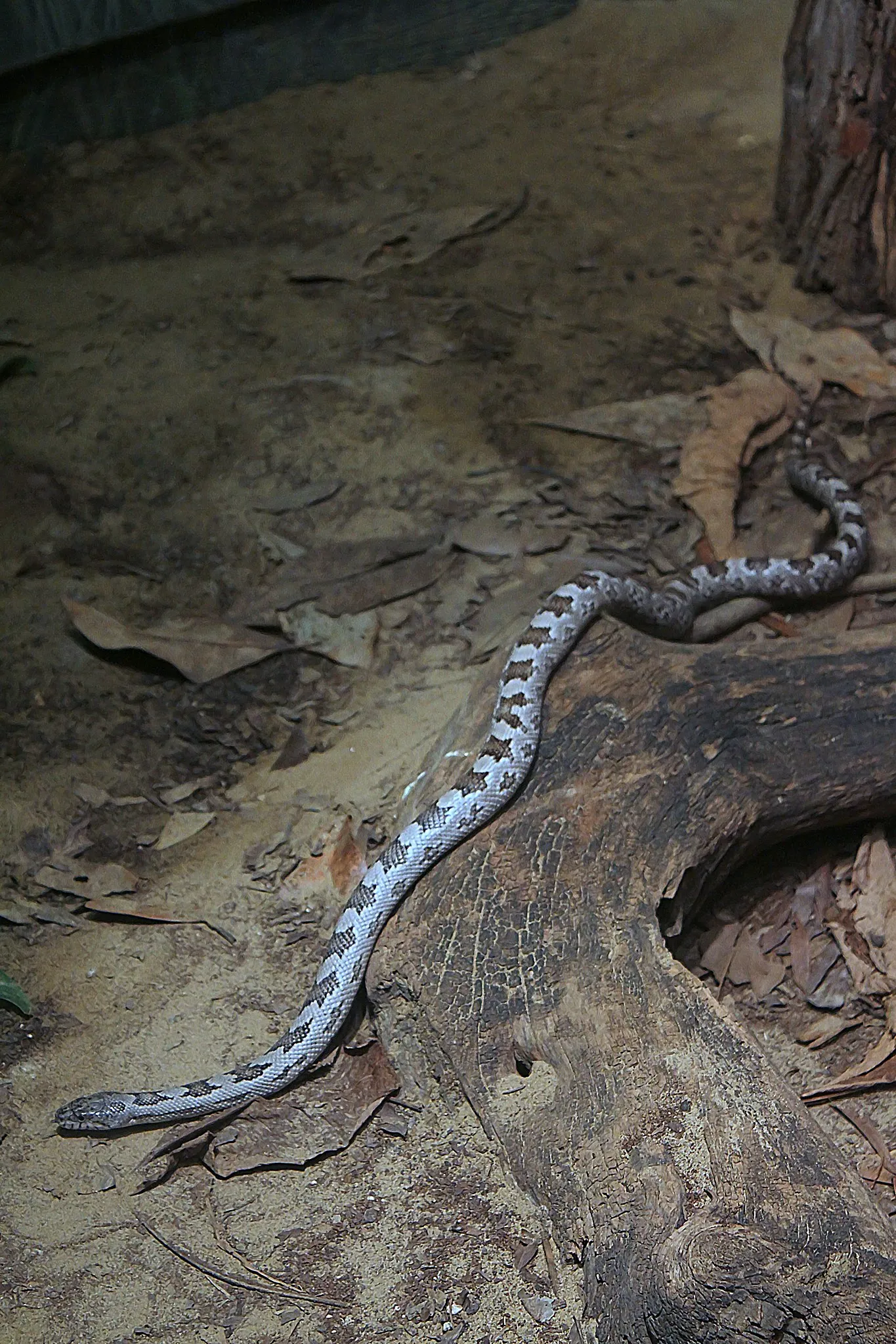
Details: Southern rat snakes can range from 3 to 6 feet in length, with some individuals reaching up to 7 feet. They typically weigh between 1 to 3 pounds.
Importance: Size and weight influence their prey selection, reproductive capabilities, and interactions with other species.
Ecological Implications: Larger individuals may prey on larger animals, affecting prey populations and trophic dynamics within their ecosystems.
4. Appearance and Identification:
Details: Southern rat snakes have a slender body with smooth scales. They vary in coloration depending on the subspecies but often have blotches or stripes along their bodies, ranging from black, brown, to gray.
Importance: Their appearance aids in their camouflage, thermoregulation, and identification in the wild.
Ecological Implications: Camouflage helps them evade predators and ambush prey, contributing to their role in maintaining ecosystem balance.
5. Dentition and Bite Force:
Details: Southern rat snakes have numerous small teeth, angled backward to aid in grasping and swallowing prey. Their bite force is moderate but not venomous.
Importance: Dentition is essential for capturing and consuming prey, while a non-venomous bite distinguishes them from venomous snakes.
Ecological Implications: Their dentition allows them to effectively control rodent populations, influencing ecosystem dynamics and agricultural practices by reducing pest populations.
6. Venomous Potency:
Details: Southern rat snakes are non-venomous, lacking venom glands and fangs. They subdue prey through constriction rather than venom injection.
Importance: Their non-venomous nature reduces the risk of envenomation to humans and other animals.
Ecological Implications: As non-venomous predators, they play a significant role in controlling rodent populations, contributing to ecosystem balance.
7. Diet:
Details: Southern rat snakes primarily feed on rodents such as mice, rats, and occasionally birds, eggs, and small reptiles.
Importance: Their diet helps regulate rodent populations, making them valuable allies in agricultural settings by controlling pest populations.
Ecological Implications: By preying on rodents, they indirectly impact vegetation and other species that may be affected by rodent herbivory or competition.
8. Behavior:
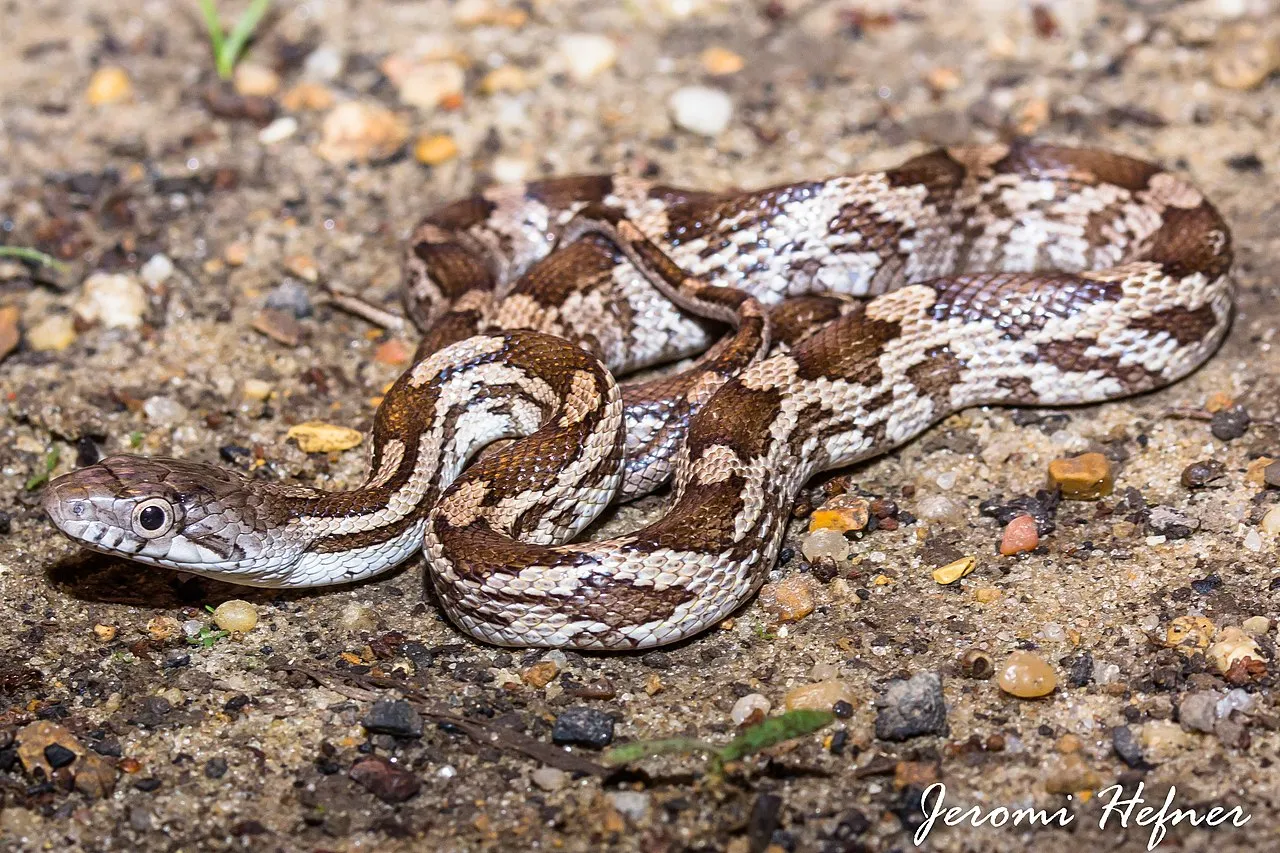
Details: Southern rat snakes are primarily diurnal and solitary, though they may be more active during twilight hours in warmer months. They are proficient climbers and often seek refuge in trees or shrubs.
Importance: Understanding their behavior aids in their conservation and management, as well as mitigating potential human-wildlife conflicts.
Ecological Implications: Their behavior influences their interactions with prey, predators, and competitors, shaping their role within ecosystems.
9. Sounds/Vocalization:
Details: Southern rat snakes are not known for vocalizations in the traditional sense. However, they may produce hissing sounds when threatened or disturbed.
Importance: Vocalizations serve as a form of communication and defense against predators or perceived threats.
Ecological Implications: Hissing may deter predators or warn potential threats, affecting predator-prey dynamics and interactions within their ecosystem.
10. Habitat:
Details: Southern rat snakes inhabit a variety of habitats including forests, woodlands, grasslands, farmlands, and suburban areas. They are often found near water sources.
Importance: Their habitat preference influences their distribution and abundance, highlighting the importance of habitat conservation and management.
Ecological Implications: Changes in habitat quality and availability can impact their population dynamics and overall ecosystem health.
11. Geographic Range and Distribution:
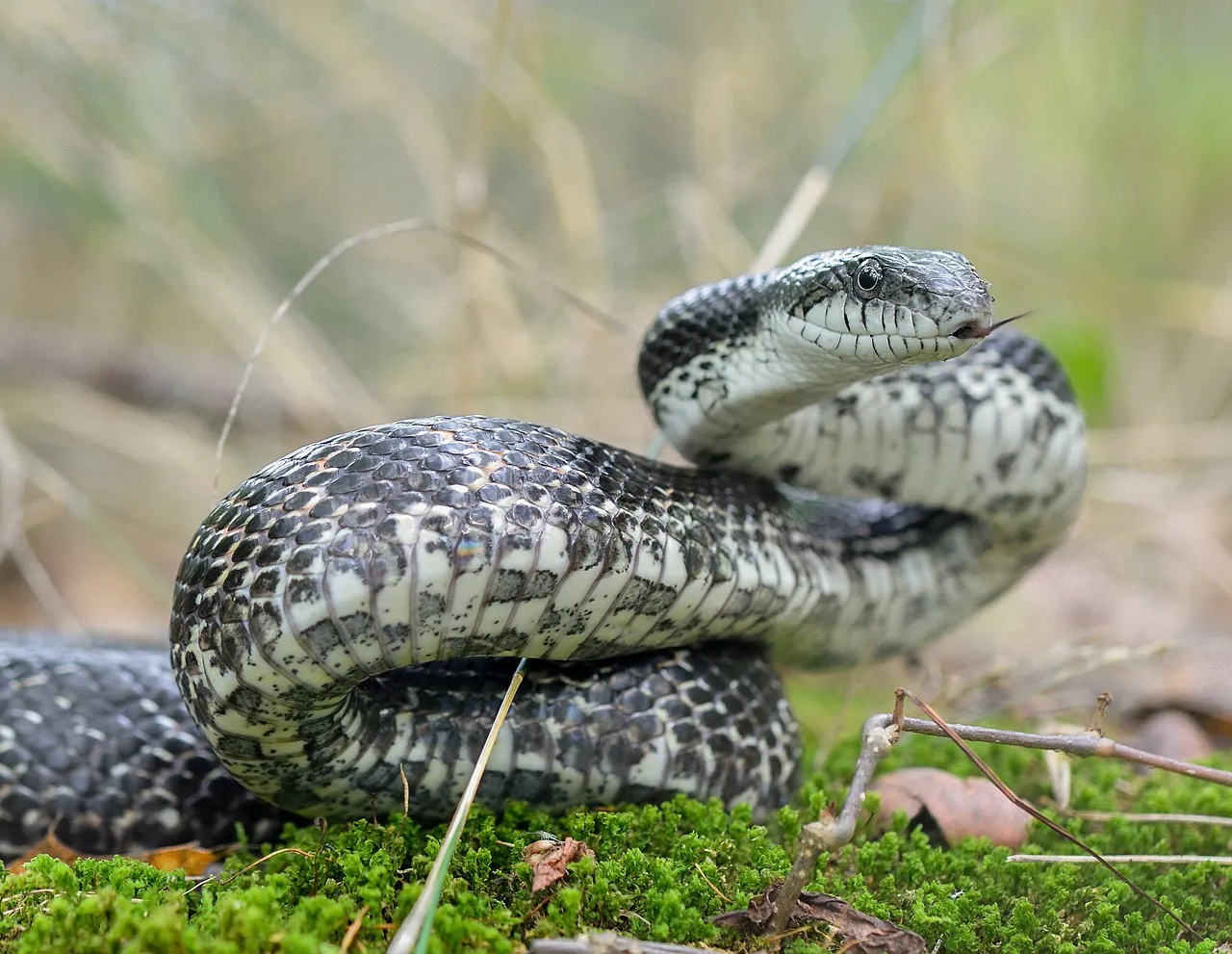
Details: Southern rat snakes are found throughout the southeastern United States, including parts of Texas, Oklahoma, Kansas, Missouri, Arkansas, Louisiana, Mississippi, Alabama, Georgia, Florida, South Carolina, and North Carolina.
Importance: Understanding their range helps in conservation planning, habitat protection, and management efforts.
Ecological Implications: Their distribution affects local food webs, predator-prey dynamics, and biodiversity in their respective regions.
12. Tracks:
Details: Southern rat snakes leave tracks that typically show a series of parallel lines, resembling a rope pattern. These tracks may be found in mud, sand, or soft soil.
Importance: Tracking can provide valuable information about their presence, behavior, and movement patterns in specific habitats.
Ecological Implications: Tracking studies contribute to our understanding of their ecology, including habitat use, foraging behavior, and dispersal patterns.
13. Reproduction:
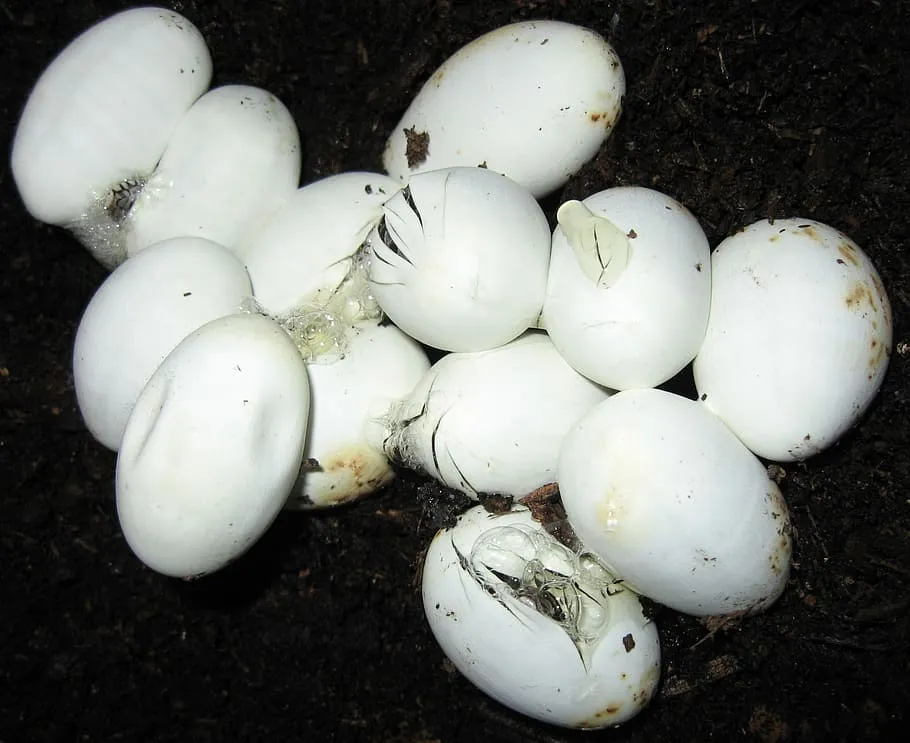
Details: Southern rat snakes are oviparous, meaning they lay eggs. Breeding typically occurs in spring, and females lay a clutch of 5 to 30 eggs in rotting logs, leaf litter, or other suitable sites.
Importance: Understanding their reproductive biology is crucial for assessing population dynamics and implementing conservation measures.
Ecological Implications: Reproduction affects population size and structure, as well as genetic diversity, influencing their long-term viability within ecosystems.
14. Lifespan:
Details: Southern rat snakes have a lifespan of around 10 to 15 years in the wild, though some individuals may live longer under favorable conditions.
Importance: Lifespan impacts population dynamics, as well as their role in ecosystem functioning and stability.
Ecological Implications: Longevity contributes to their ability to regulate prey populations over time, influencing food webs and community structure.
15. Major Adaptations:
Details: Southern rat snakes possess several adaptations including excellent climbing abilities, camouflage to blend with their surroundings, and specialized dentition for capturing and consuming prey.
Importance: Adaptations enhance their survival and reproductive success in their respective habitats.
Ecological Implications: Adaptations enable them to exploit various ecological niches, influencing their interactions with prey, predators, and competitors.
16. Conservation Status:
Details: Southern rat snakes are generally not considered threatened or endangered. However, habitat loss, fragmentation, road mortality, and persecution by humans pose localized threats to some populations.
Importance: Assessing their conservation status helps prioritize conservation actions and management efforts.
Ecological Implications: Conservation measures are necessary to maintain healthy populations and preserve their ecological roles within ecosystems.
17. Domestication and Suitability as a Pet:
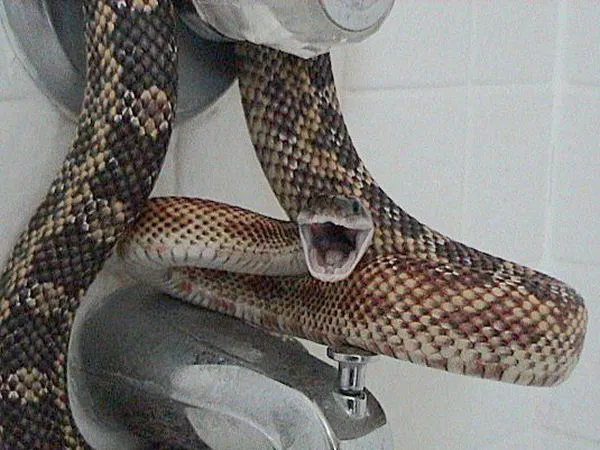
Details: Southern rat snakes are not typically domesticated but are occasionally kept as pets by reptile enthusiasts. However, they require specialized care and housing.
Importance: Understanding their suitability as pets informs responsible pet ownership and wildlife trade regulations.
Ecological Implications: The pet trade can impact wild populations if not managed sustainably, potentially affecting genetic diversity and population dynamics.
*Summary of Information On Southern Rat Snakes
Scientific Classification:
Kingdom: Animalia
Phylum: Chordata
Class: Reptilia
Order: Squamata
Family: Colubridae
Genus: Pantherophis
Species: Pantherophis obsoletus
Subspecies:
Pantherophis obsoletus obsoletus (Black Rat Snake)
Pantherophis obsoletus lindheimeri (Texas Rat Snake)
Pantherophis obsoletus spiloides (Gray Rat Snake)
Subspecies:
Details: Includes Black Rat Snake, Texas Rat Snake, and Gray Rat Snake.
Importance: Helps in conservation and genetic studies, maintaining biodiversity.
Ecological Implications: Subspecies may have specific habitat preferences and adaptations, influencing their role within ecosystems.
Size and Weight:
Details: Typically 3 to 6 feet in length, weighing 1 to 3 pounds.
Importance: Influences prey selection, reproductive capabilities, and interactions with other species.
Ecological Implications: Size and weight affect prey populations and trophic dynamics within ecosystems.
Appearance and Identification:
Details: Slender body, smooth scales, varying coloration with blotches or stripes.
Importance: Aids in camouflage, thermoregulation, and identification.
Ecological Implications: Camouflage helps evade predators and ambush prey, maintaining ecosystem balance.
Dentition and Bite Force:
Details: Numerous small teeth, moderate bite force, non-venomous.
Importance: Essential for capturing and consuming prey.
Ecological Implications: Effective control of rodent populations, influencing ecosystem dynamics.
Details: Non-venomous, subdue prey through constriction.
Importance: Reduces risk of envenomation to humans and other animals.
Ecological Implications: Significant role in controlling rodent populations, contributing to ecosystem balance.
Diet:
Details: Primarily feeds on rodents, occasionally birds, eggs, and small reptiles.
Importance: Regulates rodent populations, valuable in agricultural settings.
Ecological Implications: Preying on rodents indirectly impacts vegetation and other species affected by rodent herbivory or competition.
Behavior:
Details: Diurnal, solitary, proficient climbers.
Importance: Aids in conservation and management, mitigating human-wildlife conflicts.
Ecological Implications: Behavior influences interactions with prey, predators, and competitors, shaping ecosystem dynamics.
Sounds/Vocalization:
Details: Produces hissing sounds when threatened.
Importance: Form of communication and defense.
Ecological Implications: Hissing may deter predators or warn potential threats, affecting predator-prey dynamics.
Habitat:
Details: Inhabits forests, woodlands, grasslands, suburban areas, near water sources.
Importance: Influences distribution and abundance, highlighting habitat conservation.
Ecological Implications: Changes in habitat quality impact population dynamics and ecosystem health.
Geographic Range and Distribution:
Details: Found throughout southeastern United States.
Importance: Helps in conservation planning and management efforts.
Ecological Implications: Distribution affects local food webs, predator-prey dynamics, and biodiversity.
Tracks:
Details: Leaves tracks resembling a rope pattern in mud, sand, or soft soil.
Importance: Provides information about presence, behavior, and movement patterns.
Ecological Implications: Tracking studies contribute to understanding ecology and habitat use.
Reproduction:
Details: Oviparous, lay eggs in spring, clutch size ranges from 5 to 30.
Importance: Crucial for assessing population dynamics and implementing conservation measures.
Ecological Implications: Reproduction affects population size, genetic diversity, and long-term viability within ecosystems.
Lifespan:
Details: Typically 10 to 15 years in the wild.
Importance: Impacts population dynamics and ecosystem functioning.
Ecological Implications: Longevity contributes to prey regulation and ecosystem stability.
Major Adaptations:
Details: Excellent climbing abilities, camouflage, specialized dentition.
Importance: Enhance survival and reproductive success.
Ecological Implications: Exploit ecological niches, influencing interactions within ecosystems.
Conservation Status:
Details: Generally not threatened, localized threats include habitat loss and persecution.
Importance: Guides conservation actions and management efforts.
Ecological Implications: Conservation measures maintain healthy populations and preserve ecological roles.
Domestication and Suitability as a Pet:
Details: Not typically domesticated, occasionally kept as pets.
Importance: Informs responsible pet ownership and wildlife trade regulations.
Ecological Implications: Pet trade impact on wild populations if not managed sustainably.
